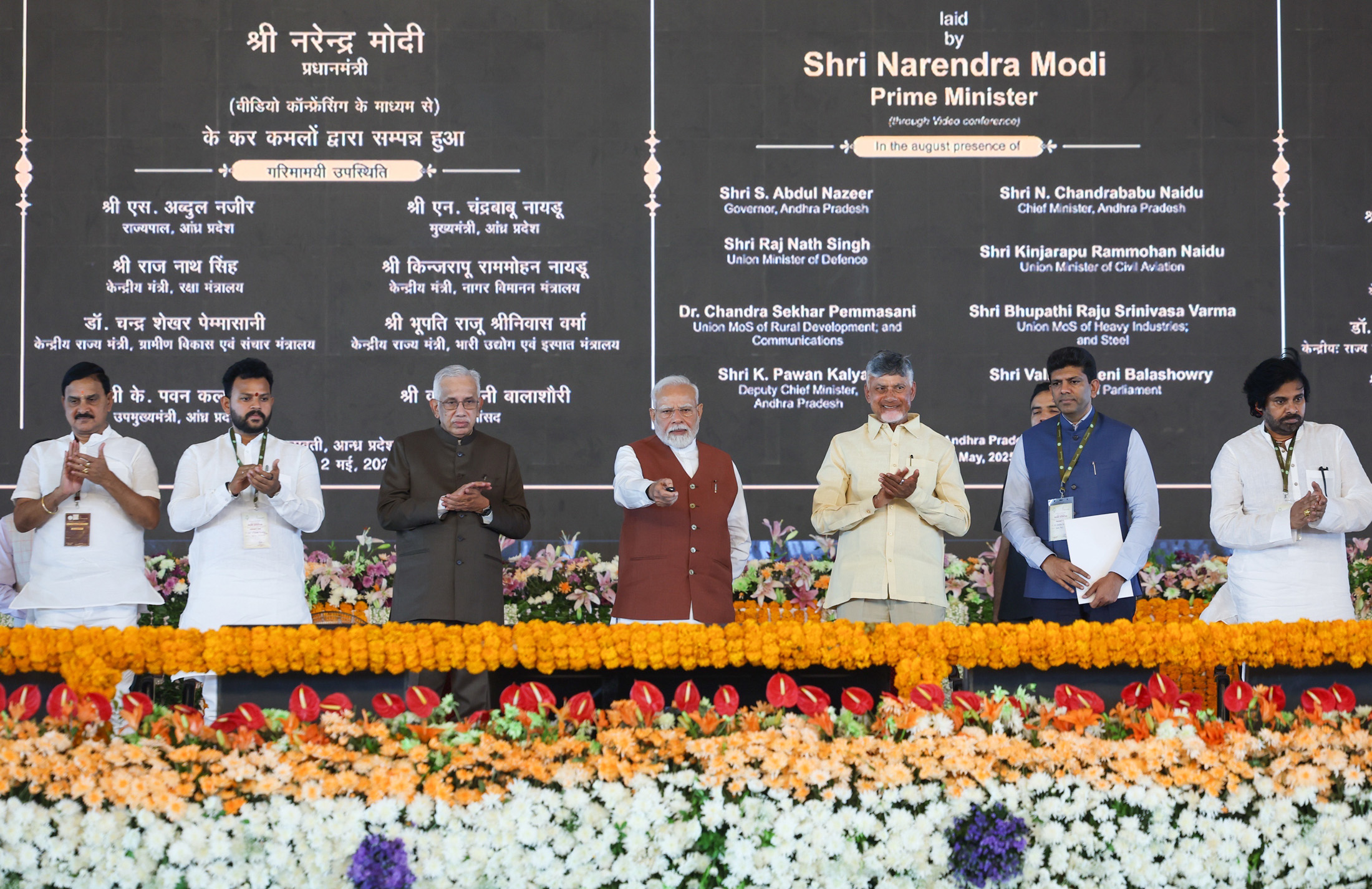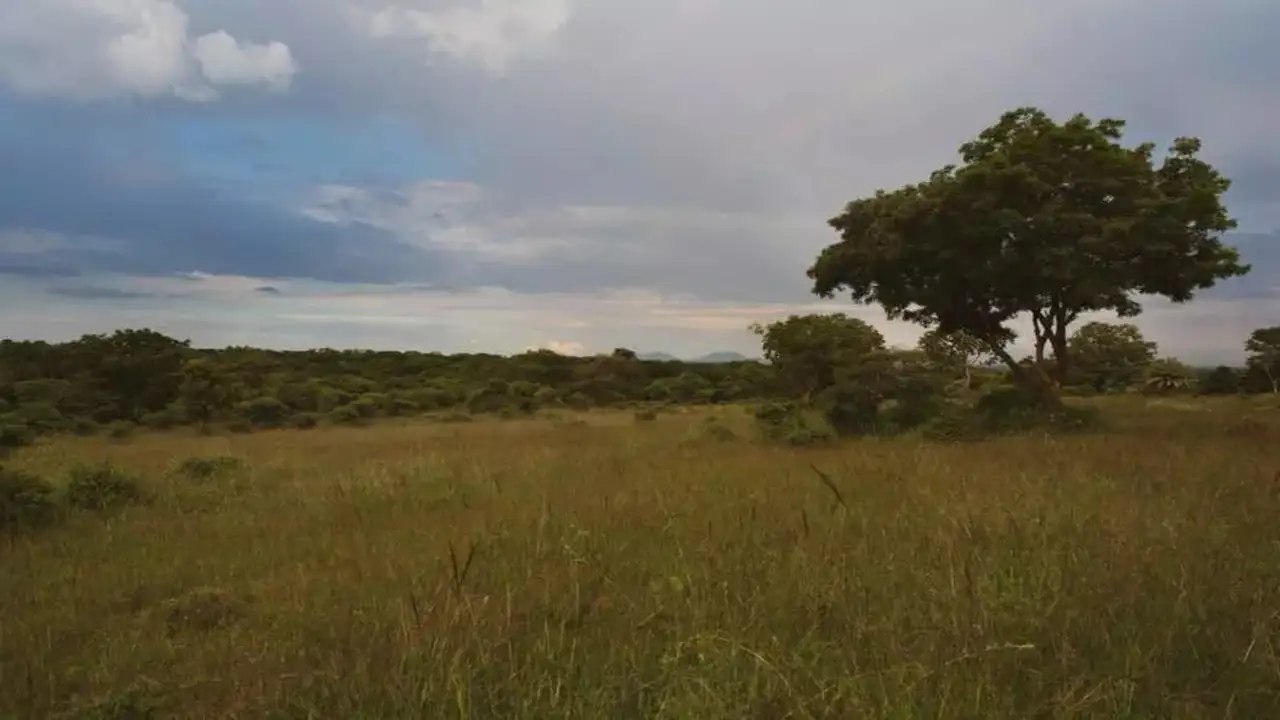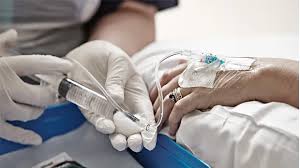- Courses
- GS Full Course 1 Year
- GS Full Course 2 Year
- GS Full Course 3 Year
- GS Full Course Till Selection
- Online Program
- GS Recorded Course
- NCERT (Recorded 500+ Hours)
- Polity Recorded Course
- Geography Recorded Course
- Economy Recorded Course
- AMAC Recorded Course
- Modern India, Post Independence & World History
- Environment Recoded Course
- Governance Recoded Course
- Science & Tech. Recoded Course
- International Relations and Internal Security Recorded Course
- Disaster Management Module Course
- Ethics Recoded Course
- Essay Recoded Course
- Current Affairs Recoded Course
- CSAT
- 5 LAYERED ARJUNA Mentorship
- Public Administration Optional
- ABOUT US
- OUR TOPPERS
- TEST SERIES
- FREE STUDY MATERIAL
- VIDEOS
- CONTACT US
WHO’s World Malaria Report 2023
WHO’s World Malaria Report 2023
04-12-2023
Malaria
- It is mosquito borne blood disease caused by Plasmodium Parasites (PP).
- 5 types of PP cause malaria but 2 species (P. falciparum and P. vivax) pose the greatest threat.
- Malaria is mostly found in the tropical and subtropical areas and spread by the bite of an infected female Anopheles mosquito.
- Parasites travel to the liver, mature, and then infect RBC (Red Blood Cells).
- Symptoms – fever, chills, headache and tiredness.
- It is both preventable through vaccine and curable through medicine.
Global initiative for Malaria
India’s initiative for Malaria |
||
|
|
|
|
It works around 3 key activities:
|
As per WHO's aim, it also aims to eliminate malaria in India by 2030.
|
It started in 4 states (West Bengal, Jharkhand, Chhattisgarh, and Madhya Pradesh) to reduce Malaria through IND (Insecticidal Net Distribution). |
- WHO's GMP (Global Malaria Programme)- It sets the target of reducing global malaria incidence & mortality rates by at least 90% by 2030.
- Bill and Melinda Gates Foundation- Malaria elimination initiative through diverse strategies (mosquito reduction, and technology development, treatment accessibility).
- WHO’s E-2025 initiative in 2021 to stop malaria transmission in 25 countries by 2025.
Malaria Vaccine
- Report found that cases reduced in Africa after use of WHO-recommended malaria vaccine, RTS, S /AS01
- In October 2023, WHO recommended a 2nd safe and effective malaria vaccine, R21/Matrix-M.
- Availability of both malaria vaccines will increase.
Major Causes of Malaria
Causes |
Solution |
|
|
|
|
|
|
|
|
|
|
|
|
|
|
|
|
|
|
|
|
Report Highlights & recommendation
- Global cases increased by 250 million, surpassing pre-pandemic levels.
- 29 tropical countries accounted for 95% cases.
- 4 African countries, Nigeria (27%), the Democratic Republic of the Congo (12%), Uganda (5%), and Mozambique (4%), accounted for 50% of all malaria cases globally.
- India 66% and Indonesia 28% accounted for cases in the WHO South-East Asia Region.
- Incidence rate should be reduced.
- Mortality rates should be reduced by 90% by 2030.



